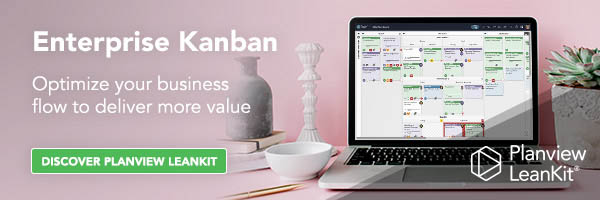
The following content is taken from the popular whitepaper, “Agile Project Management: What’s the story?” written by Jerry Manas. It’s so good, we wanted to make it free to our readers and give it everlasting life on our blog for your enjoyment.
There is no doubt that Agile project management, the adaptive methodology that spread like wildfire around the turn of the millennium, is here to stay.
As organizations make the shift to Agile methods, there remains confusion, skepticism, and rampant misconceptions about Agile. And like any methodology, Agile requires organizations to look at the triple foundation of people, process, and technology. To underplay any of those is to sabotage success.
In this series, we will explore Agile from all three perspectives, and will offer guidelines for effective Agile project management. We will expose common myths, offer tips on the cultural shift to Agile, and address concerns about mixed environments where some departments use Agile and others do not.
Topics we’ll address are:
- What’s different about Agile? What are its benefits?
- How does Agile work? What do all those terms mean?
- What roles are required for effective Agile projects? And specifically, how does the role of the project manager change?
- How do we address typical management concerns and skepticism about Agile? Are some of those concerns justified?
- Can Agile work for Virtual Teams?
Whether you’re new to Agile or an Agile expert, in addressing these common questions, this series will position you for success and show you how to effectively use Agile project management. The Agile movement is undoubtedly expanding, and those who understand its nuances—around people, process, and technology—will be more effective.
What’s Different About Agile?
Traditional “Waterfall” style project management methods involve detailed up-front planning and design (often known as BDUF or Big Design Up Front). The features and scope are predetermined, and a schedule and associated costs are estimated. This works fine for construction projects, where details must by nature be predefined.
For knowledge work, however, such as software development, research projects, most engineering projects, and other types of work that involve a level of uncertainty and high change rates, traditional methods fall short. In an environment where change is the norm and value can be improved based on information from new or unexpected sources, there is a more efficient and realistic way to manage. This is where Agile comes in.
Although Agile-like methods were employed in Japan as early as 1986, it wasn’t until 2001 that a group of thought leaders in software development formalized the approach. This culminated in the Agile Manifesto, which cited 12 principles based on four overarching values that emphasized:
- Individuals and interactions over processes and tools
- Working software over comprehensive documentation
- Customer collaboration over contract negotiation
- Responding to change over following a plan
Agile focuses on people working closely together in short iterations (generally two to four weeks), delivering some form of measurable value with each iteration and inspecting and adapting as appropriate. And throughout all this, the focus is on the product and the customer.
Another difference about Agile is that instead of having a fixed scope and then estimating the schedule and cost, it involves working in fixed time and cost iterations, and estimating what features can be delivered in those iterations. In other words, it turns traditional project management on its head (see figure below).
Collectively, this collaborative and iterative approach results in:
- Faster value delivered to the user…because of the iterative process
- Reduced risk…because of iterative product delivery
- Reduced uncertainty…because of the product and customer focus
- Better decision making…because of the collaborative focus
- Increased trust…because of incremental value being delivered
- Fewer errors…because of greater communication
- Clearer accountability…because of delineated roles
With such benefits, it is not surprising that Agile has enjoyed such rapid growth in knowledge worker environments, extending beyond just software development where the idea originated.
To learn more, read up on Planview’s Lean and Agile Delivery Solution and register for a free demo to experience just how it can benefit your organization. Keep reading for part two of this series, where we will continue through the whitepaper and look further in depth into just how Agile works and the different Agile roles.






